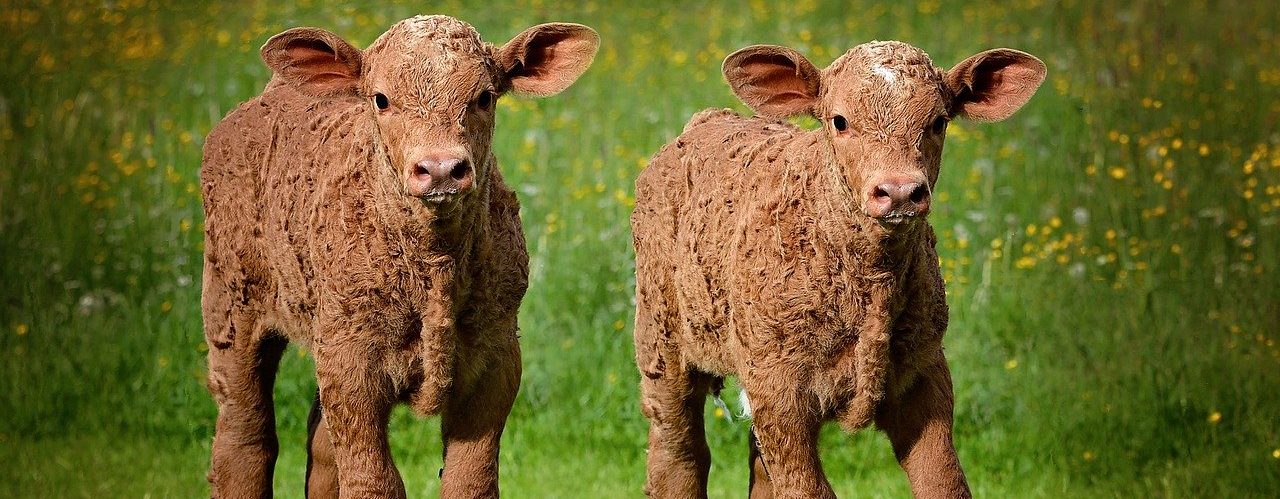I’ve been thinking about the second set of Luchos. Why were they necessary? We don’t have them today and they don’t seem that integral to the Jewish people. As a matter of fact, the idea of a symbol that we can gather around and pray toward seems almost wrong in the light of the incident with the Golden Calf.
The Haftorah tells us the story of the faceoff between Eliyahu Hanavi and the Prophets of the Baal. Two calves were chosen for slaughter and one of them was very upset. He ran to Eliyahu because he did not want to be the idolatrous offering. Eliyahu said: Go ahead. Your job is also important. You are showing the world that the Prophets of the Baal can’t bring a fire down to consume you.
Rashi writes that the Altar used by Eliyahu was the same one used by Shaul when he brought inllicit sacrifices from the shhep of Amalek who should have been killed. Shaul lost the Kingship for this action.
There is such a fine line between good and bad, evil and righteousness.
It’s not even a line. It is the difference between making ourselves in G-d’s image or making G-d in our image.
There is also another form of idolatry. KI Bamah Nechsav hu.
We are built in the image of Hashem. When Hillel bathed he would declare that he is respecting G-d because we are made in his image. We are supposed to take initiative and throw our originality and desires into things, but it is irresponsible not to keep in mind where we came from and who we are.
The golden calf took place when the Jewish people gave up on their spiritual journey and instead embraced the idolatry of everyone else.
When we repented from Idolatry we were given the Luchos and the Mishkan built around it. We were no longer creating a G-d for ourselves; we were using the word of Hashem as the basis for our image, our sanctuary, and our growth.


0 Comments